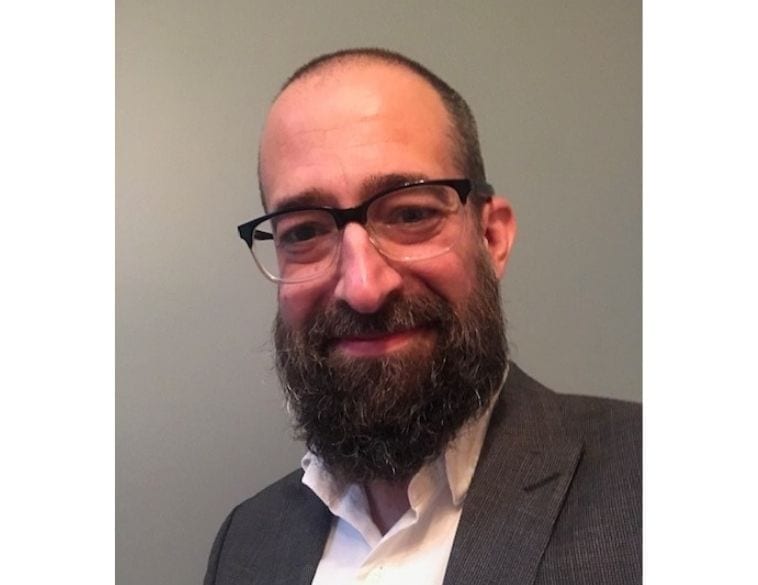During the virtual meeting of the CCIF on October 7 and 8, Patrick Piché, Service Consultant at Akzo Nobel, guided body shops towards best practices to improve their profitability.
In a dense presentation, this process specialist explained that the first way to achieve better results is to set a profitability target by analyzing revenues relative to expenses. Understanding the break-even point will allow the company to determine which items on the shop floor need to be monitored more closely.
“You have to analyze each item to reduce them to specific data,” Piché explains. “Whether it’s sales per square foot or per service bay, or per productive or non-productive employee. The starting point is the shop floor’s production capacity. ‘Taking previous years’ results as a basis is a good approach.”
Allocating work
A key point to consider, according to the expert, to improve the production flow is to better distribute the work during the week.
“While giving himself something to cushion the unexpected, such as parts on hold or the absence of a technician due to illness, the manager must break the traditional schedule of entries on Monday and exits on Friday. This method puts too much pressure on the finish by the end of the week,” Piché explains.
“It will also have an impact on the management of courtesy cars. You have to determine how many cars need to be repaired per day and divide the workup according to daily deliveries.”
Since the work takes from less than one hour to more than 25 hours, it has to be spread out over the week. Lighter jobs can easily fill the holes in the production schedule.
Reducing surcharges
Patrick Piché points out that, to work with an improved schedule, it is necessary to make sure that the damage estimate is accurate from the outset. According to his statistics, one-third of repair work in Quebec requires extra charges.
This causes delays in management and production. They could be avoided by investing more time in dismantling the vehicle during the damage inspection.
Contact the team
Patrick Piché believes that improving the productivity and profitability of a workshop also depends on good communication with the team. He recommends two-minute production meetings every two hours.
“You need to know three things from the technicians: what they’re working on, for how long, and what they’re going to do next. Expectations need to be clear. It may seem excessive, but the shops that do it see improvement.”
In conclusion, Piché recommends that shop managers establish their profitability objectives, regularly review production capacity, better incorporate the variables that affect this production and determine which information is important to share with the team.



